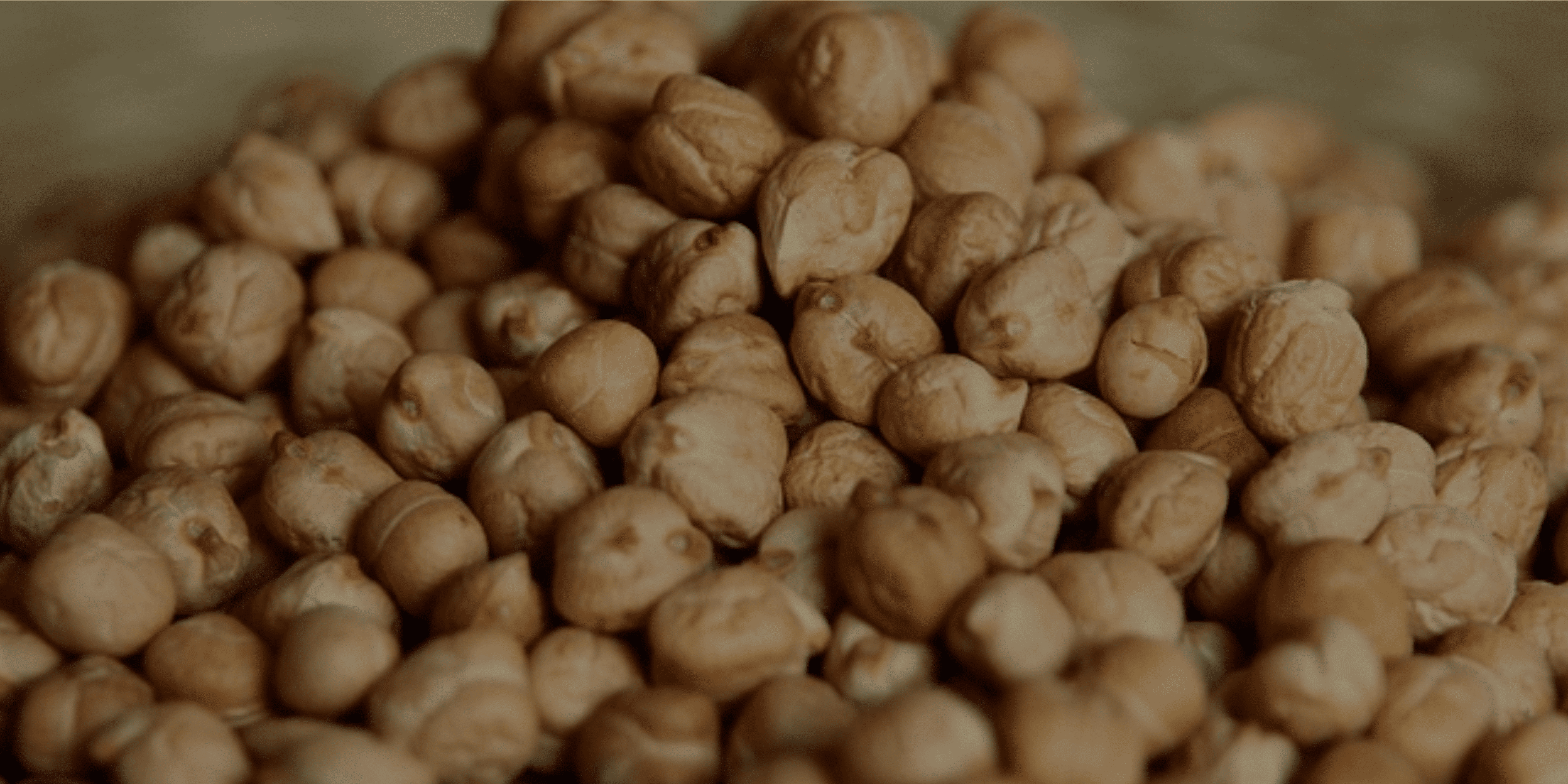
Nitric-oxide accelerates germination in chickpea
The functional role of nitric oxide in flooding stress:
Molecular oxygen is required for respiration in all aerobic organisms but oxygen levels are very low in some plant organs such as seeds, tubers and buds, where hypoxia is linked to quiescence. The release from hypoxia in these organs coincides with the transition of cells from the quiescent to the metabolically active state. In contrast, the hypoxia experienced by roots during flooding has deleterious effects on the tissues and can lead to cell death. Nitric oxide (NO), which is a powerful signalling molecule in plants and animals, is important in the release from seed dormancy and flooding tolerance but the mechanisms involved remain to be fully characterised. Our lab is currently working on to characterise the functions of NO in the adaptation to hypoxia and release from the hypoxic state, with a particular focus on the signalling functions of NO and reactive oxygen species (ROS) during the release of cells from the quiescent state in seeds and buds, and in roots subjected to flooding in the model plant species such as chickpea and tomato. Under oxygen limitation, regeneration of NAD+ for glycolysis is required for maintenance of a minimal ATP supply. Recent studies document that plants can fine tune oxygen consumption in response to low oxygen concentrations and maintain glycolysis by switching to alternative pathways for NAD+ regeneration, including nitrate reduction. The mechanisms that underlie this sensing and response to oxygen deprivation have not been fully elucidated. It is also not clear whether plants use NO as a major regulator of bioenergetics and oxygen homeostasis as animals are known to do. At present answering these questions is very important priority of our lab in order to achieve complete understanding of low oxygen sensing mechanisms and the metabolic adaptations to oxygen deprivation in plants. Our research in this line will provide new insights into these mechanisms and the metabolic adjustments associated with controlled use of carbohydrate and ATP during hypoxic survival. The knowledge gained from this project will help to develop plants with better survival and performance in areas suffering from frequent rainstorms and flooding.
Role of nitrogen nutrition on plant pathogen Interactions:
Plants need nitrogen because it’s a major constituent of the plants. Nitrate and ammonium are the major N sources for the plants. Biological mineralization (complex chemical reactions) provides nitrate or ammonium to the plants. The application of nitrogen (N) fertilizer has been a major factor in modern high crop yields and must play a major role in meeting the food security agenda. Ammonium as a N form of nitrogen enters into the soil via fixation of atmosphere nitrogen; decomposition of organic matter by bacteria and fungi, By nitrification pathway ammonium is oxidized to nitrite and further nitrate. Nitrate is a component of many primary and secondary metabolites. Pathogen attack represents a significant source of reduced crop yield, so that optimizing plant resistance to disease is equally important. In order to meet the challenge of allowing the maximizing the benefits of N fertiliser use whilst minimizing the effects of increased pathogen-susceptibility, We are investigating effect of N nutrition on plant resistance to pathogens. Our ongoing affords to generate various transgenic plants that have altered nitrate reductase activity, using these plant we will further investigate nitrate nutrition role under biotic stress. Most importantly we will examine examine N-flux in the plant and metabolomic analyses of plant-microbial exchanges in the apoplast to better understand how N type can influence pathogen virulence and plant resistance. To determine how application of the non-pathogenic biocontrol fungus Trichoderma could increase both resistance and the efficiency of the use of certain types of fertilise
Maximizing nitrogen use efficiency (NUE) in crops by understanding a nitric oxide-mediated modulatory switch
Our lab in collaboration with IBERS, UK, will explore a novel method of increasing nitrogen use efficiency (NUE) in crops to help meet the food security agenda. Nitric oxide is a product of nitrogen (N) metabolism but excess of NO production may suppress N uptake thereby acting as a negative feedback mechanism. Intrinsic to this feedback mechanism is the-suppression of nonsymbiotic haemoglobin (snHb) expression which would otherwise oxidize the excess of NO to NO3. In this context we will establish how snHb expression is regulated to modulate NO accumulation and further we will explore how NO modulates N-channels and NUE.






